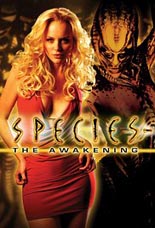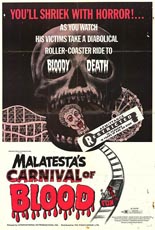
 Not to be confused with 1970’s Carnival of Blood is Malatesta’s Carnival of Blood. Although the two are similar in subject matter and equally penny-pinching, the Pennsylvania-lensed Malatesta is the only one to feature TV’s Fantasy Island sidekick Hervé Villechaize as Bobo the dwarf. In his initial scene, Villechaize delivers what I expect is fairly helpful exposition, yet he is unintelligible. And with that order of business out of the way …
Not to be confused with 1970’s Carnival of Blood is Malatesta’s Carnival of Blood. Although the two are similar in subject matter and equally penny-pinching, the Pennsylvania-lensed Malatesta is the only one to feature TV’s Fantasy Island sidekick Hervé Villechaize as Bobo the dwarf. In his initial scene, Villechaize delivers what I expect is fairly helpful exposition, yet he is unintelligible. And with that order of business out of the way …
Inventive and impressive, the regional indie begins with the curiously named Mr. Blood (Jerome Dempsey, Network) giving Mr. and Mrs. Norris the nickel tour of the 20-year-old amusement park he manages. With their teen daughter (one-credit pony Janine Carazo) cruising the midway, the Norrises are there under the pretense of working for the fleapit, but in actuality — sssssssssshhhhh! — are sniffing around for their son, who vanished after a visit.
 From the outset, the title informs viewers that management is not exactly on the up-and-up, starting with Mr. Blood and extending all the way up the org chart to the owner, Malatesta (Daniel Dietrich, 1978’s Dawn of the Dead). This Manos-esque master serves as the man behind the curtain — the robed ringleader to the murderous hippie cannibals who lurk in the limestone caverns underneath the roller-coaster, the Tunnel of Love and other rundown attractions. Eager for flesh, the hungry freaks snatch the customers right out of their rides like so many crumbs of funnel cake. Explains Mr. Blood, not quite as an apology, “Nobody ever told them eating people was wrong.”
From the outset, the title informs viewers that management is not exactly on the up-and-up, starting with Mr. Blood and extending all the way up the org chart to the owner, Malatesta (Daniel Dietrich, 1978’s Dawn of the Dead). This Manos-esque master serves as the man behind the curtain — the robed ringleader to the murderous hippie cannibals who lurk in the limestone caverns underneath the roller-coaster, the Tunnel of Love and other rundown attractions. Eager for flesh, the hungry freaks snatch the customers right out of their rides like so many crumbs of funnel cake. Explains Mr. Blood, not quite as an apology, “Nobody ever told them eating people was wrong.”
And if eating people is wrong, I don’t wanna be right! In his only feature credit as director, Christopher Speeth (DP on the über-obscure Video Wars) had the good fortune of built-in production value by shooting at Willow Grove’s Six Gun Territory, an actual amusement park just a few years away from extinction. With its behind-the-scenes warehouses and chintzy décor of Visqueen and bubble wrap, the near-decrepit place has a lack of polish that actually works to Malatesta’s benefit and fits right in line with Speeth’s long, handheld takes. Carnival funhouses already operate as nightmarish and hallucinatory — another extant gain for the flick.
Perhaps knowingly compensating for poor acting, Speeth squeezes extra practicality just by having his assemblage of cannibals milling in front of such classic silent horrors (read: public domain) as The Cabinet of Dr. Caligari, Nosferatu, The Hunchback of Notre Dame and The Phantom of the Opera projected onto a wall behind them. As with the movie as a whole, the effect works — and better than you’d think. Ask your doctor if Malatesta is right for you. —Rod Lott

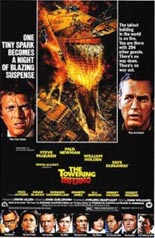



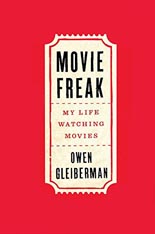
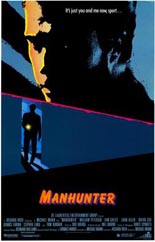
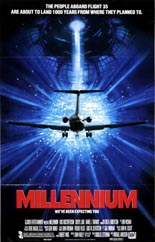
 Decades after being Oscar-nommed way back in 1956 for
Decades after being Oscar-nommed way back in 1956 for 
